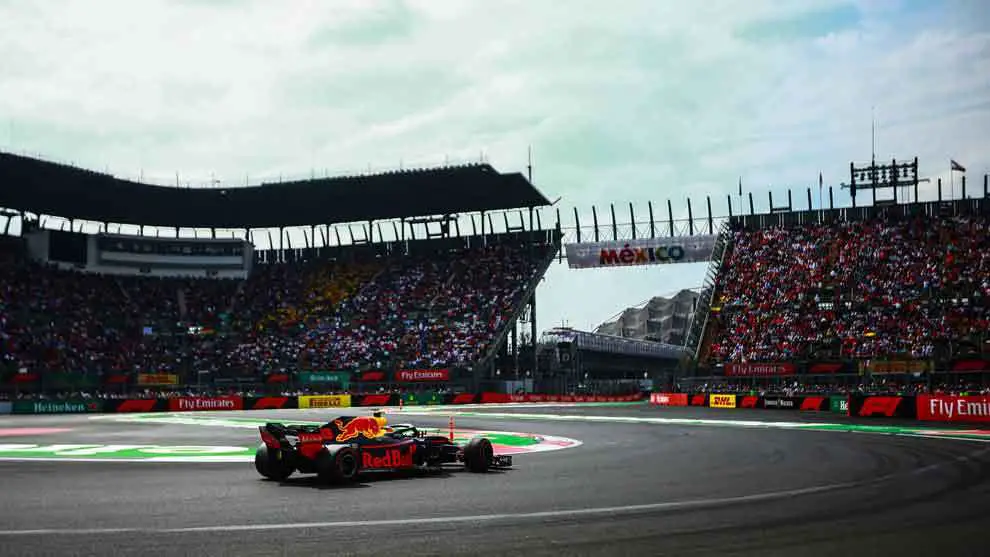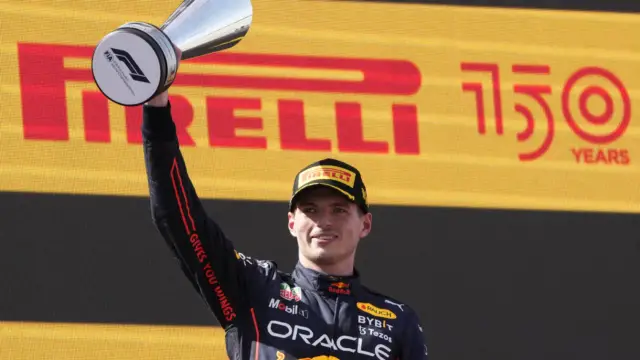Here’s everything you need to know about Autodromo Hermanos Rodriguez – the venue for the Mexican Grand Prix this weekend – track guide.
The Autódromo Hermanos Rodríguez, located in Mexico City, Mexico, is a 4.304 km (2.674 mi) racetrack, and it’s named in honor of the racing drivers Ricardo (1942–1962) and Pedro Rodríguez (1940–1971). The track received its name shortly after opening due to the tragic death of Ricardo Rodríguez during practice for the non-Championship 1962 Mexican Grand Prix. Sadly, nine years later, Ricardo’s brother Pedro also lost his life while racing. In 2015, the circuit once again became the host for the Formula One Mexican Grand Prix, after previously hosting the event in two separate periods with a different layout, the most recent of which was in 1992.

Situated within the Magdalena Mixhuca Sports City, a public park in the southeast of Mexico City, this racetrack is under the ownership of the city’s government. However, it is presently operated under a concession agreement by Corporación Interamericana de Entretenimiento (CIE) through OCESA, a subsidiary of CIE. CIE is responsible for organizing various races at the circuit, including NASCAR and Desafío Corona events, and it also rents the circuit to other parties, such as race organizers, automobile clubs, and amateur track enthusiasts. The fees charged for the use of the circuit have sparked controversy due to their notably high amounts when compared to those of other former Formula One courses.
In preparation for Formula One’s return in 2015, the Grand Prix circuit underwent a substantial renovation overseen by Hermann Tilke. Notable changes included a slight extension and reprofiling of the front straight to make room for a new media center and paddock. The iconic series of curves between turns 7 and 13 underwent significant modifications, with many of the sweeping, high-radius turns being reduced and replaced by fixed-angle turns. As a result of these alterations, the course’s length was shortened to 4.304 kilometers (2.674 miles), making it 170 meters (560 feet) shorter than the previous Grand Prix layout.
What are the challenges faced by drivers at Autodromo Hermanos Rodriguez?
F1 drivers face a number of challenges at Autodromo Hermanos Rodriguez in Mexico. One of the prominent issues is the high altitude of the circuit, situated at over 2,200 meters above sea level. This altitude leads to lower air density, reducing downforce and engine performance, making it a unique challenge for both the teams and drivers who must adapt their setups to compensate for the thinner air.

Another significant challenge is the weather. Mexico City’s climate can be unpredictable, with rain and thunderstorms occurring during the race weekend. These conditions make tire choices and race strategy critical, as sudden changes in weather can significantly impact the race’s outcome.Furthermore, the circuit’s tight and twisty nature presents a challenge for overtaking, making it crucial for drivers to strategize their moves carefully. Additionally, the high-speed straight leading into the famous Peraltada corner demands precise car setup and driver skill to navigate safely.
Who is the most successful driver at the F1 Mexican Grand Prix?
Max Verstappen has an impressive record of four wins in Mexico. Jim Clark achieved three victories, with one occurring in a non-World Championship event. Excluding that result, Clark shares his tally of two wins with racing greats like Alain Prost, Nigel Mansell, and Lewis Hamilton. In terms of constructors, Red Bull has clinched victory at the event four times. Lotus, McLaren, Williams, and Mercedes have each secured three wins. When considering Jim Clark’s non-championship win, Lotus’s total increases to four wins.

Verstappen’s consistent success at the Mexican Grand Prix can be attributed to a combination of his driving skills and the strategic prowess of his Red Bull Racing team. The high-altitude nature of the Autódromo Hermanos Rodríguez demands precise car setup adjustments due to reduced air density, and Max’s ability to adapt his driving style to these conditions has been exemplary.
Verstappen’s aggressive yet calculated approach to racing plays to his advantage on the tight and twisty circuit in Mexico City. He excels in overtaking opportunities and rarely makes critical errors under pressure. This mental resilience is a hallmark of his racing career. Max’s close partnership with his team also significantly contributes to his success in Mexico. Red Bull Racing consistently provides him with a competitive car and devises well-thought-out race strategies. Their ability to optimize tire management and pit stop timings is crucial in this race where tire wear is a critical factor.
More Formula One news:
- Lewis Hamilton doesn’t support IOC’s decision on Black Lives Matter gear during Olympics
- Max Verstappen left surprised as he reaches 100 race milestone with Red Bull
- Damon Hill left in awe after Lewis Hamilton racks up 100 poles in F1 ahead of 2021 Spanish GP
Follow our dedicated Formula One page for instant Formula One news and updates

